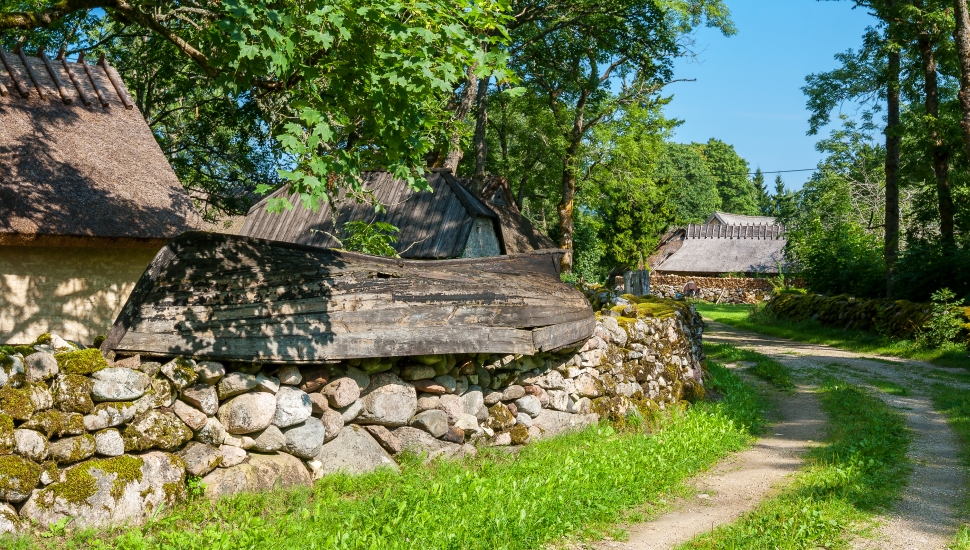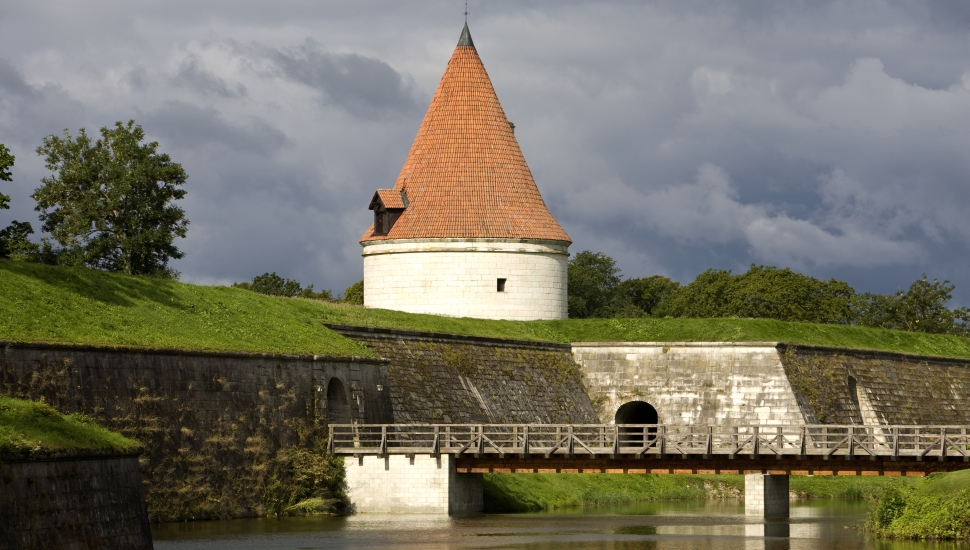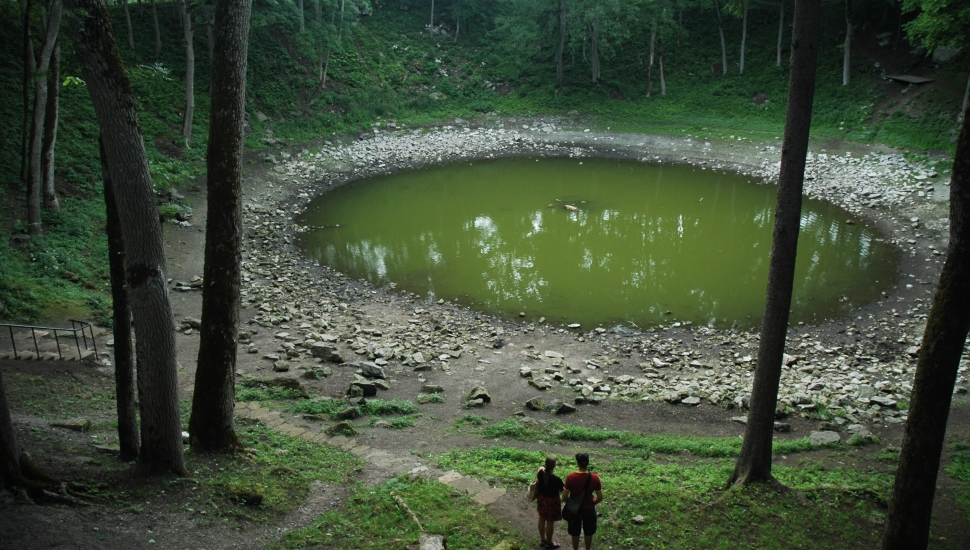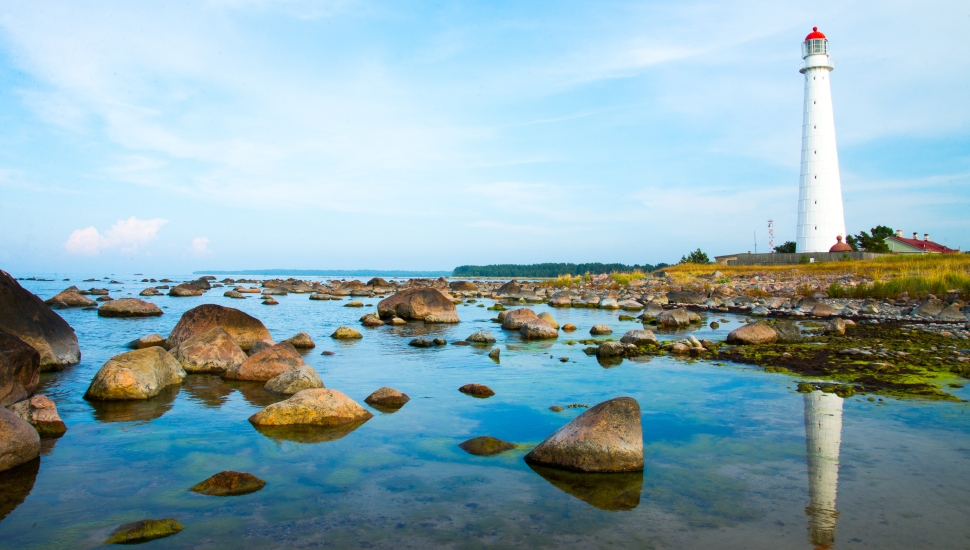Exploring Estonia’s Ancient Islands
Off Estonia's coast lies Saaremaa, the Baltic's second-largest island, part of an increasingly popular archipelago. Kevin McGuilvery arrives and finds an area steeped in ancient history and blessed with stunning natural scenery.
The fairy-tale spires of Tallinn's castles and churches, I realised, deserved a break on their own. But the attractions of Estonia's capital city would have to wait for another time. Having flown in from London, my sights were set on the nation's alluring islands to the southwest, where ancient history and unspoilt countryside were the main draws.
Muhu Island
I rented a car for an affordable price in Tallinn and headed south west to the port of Virstu, where I caught the ferry to Muhu, a small island located next to its much larger and better-known brother, Saaremaa. Having rolled off the ferry I paused to soak up the early spring sunshine, which seemed to rebuff the gloomier weather on the mainland. The beams seemed to have prompted an explosion of verdant grass and wildflowers in the gently undulating countryside.

Aided by satnav I easily found Nautse Mihkli Talu, a traditional farm-stay surrounded by a tranquil, bucolic landscape. The affable owners couldn't do enough to make me feel welcome, showing me in to my quaint and very comfortable room. Later, as the sun set, I met several Scandinavians on the long dining tables in the garden. Muhu, along with Saareema, is especially popular with Swedes and Danes in search of a tranquil getaway (and lower prices). As the evening wore on our kind hosts brought out some home-made beer – an imbibe that locals make and consume with gusto.
Saaremaa Island
Morning grogginess was alleviated by a superb breakfast and some strong coffee. Bidding my Scandinavian acquaintances goodbye, I got back in my car and headed for the bridge that linked Muhu to Saaremaa. Once on the bigger of the two islands, I made for the capital, Kuressaare, and checked into the lovely old Repo Hotel. My cosy little room had an air of kitschiness to it, but it was to give me a sound night's sleep.
Before nightfall, however, there was plenty to see in this town, the most remarkable of which was Kuressaare Castle, one of the most intact medieval buildings in all of Estonia. Indeed, history is all around you when you explore Saaremaa. For thousands of years the island was home to a fierce tribe – a group of traders and raiders who cemented Saaremaa's independent reputation. Indeed, while Estonia has been invaded by several nations over the centuries, Saaremaa has tended to fall last.
The ancient walls of the castle spoke of a fascinating – yet much more brutal – age. I was glad to be able to enjoy an afternoon beer nearby afterwards and reflect on how good it was to inhabit peaceful parts of the world.

Later I drove to the coast and surveyed Sõrve Lighthouse – an impressive structure which reminded one of how all-encompassing the maritime world was to this island and its people. The scent of juniper enfolded me as I gazed out over the choppy waters of the Baltic.
Kaali Crater

Rising early the next day, I went in search of Kaali Lake, created 3,000 years ago when a meteorite struck. The captivating crater kept me entranced for over an hour; apparently the area was inhabited at the time – one of the few examples of a meteorite striking a settlement.
Hiiumaa Island

Then it was time for me to get back on a ferry and sail north to Hiiumaa, another of Estonia's most popular holiday islands. Here I checked into the intriguing Keldrimäe Guesthouse, which boasted several pyramidal ‘cottages'. Mine was as comfortable as it was eccentric.
Hill of Crosses
Climbing back into my hire car, I went off in search of the Hill of Crosses. This strange area is thick with wooden crosses, initially placed here by the Reigi Swedes who were expelled from the island in 1781. Before they left they planted hundreds of these religious markers on the site where they had worshipped for centuries. Now, you're more likely to see a tourist place a cross here.
Steeped in History
After a brief visit to the ruins of Kaina Church, destroyed by the Germans in 1941, I visited the Hiiumaa Military Museum. Here I got a taste of the island's more recent history. The tanks and weapons found here were left by the Soviets, who occupied the island for several decades until Estonia's independence in 1991. Before that date, Saaremaa and Hiiumaa became a restricted area, where foreigners and many mainland Estonians were not permitted.
As an unexpected by-product of occupation by the Soviet military, the island's impressive natural surroundings were well preserved, one of the reasons Saaremaa and Hiiumaa have become so popular with Estonians and foreigners alike.
I for one was profoundly affected by the peacefulness of these ancient islands, where tales of wild sea-faring tribes seemed to whisper to themselves on the Baltic breeze.
Get a Quote